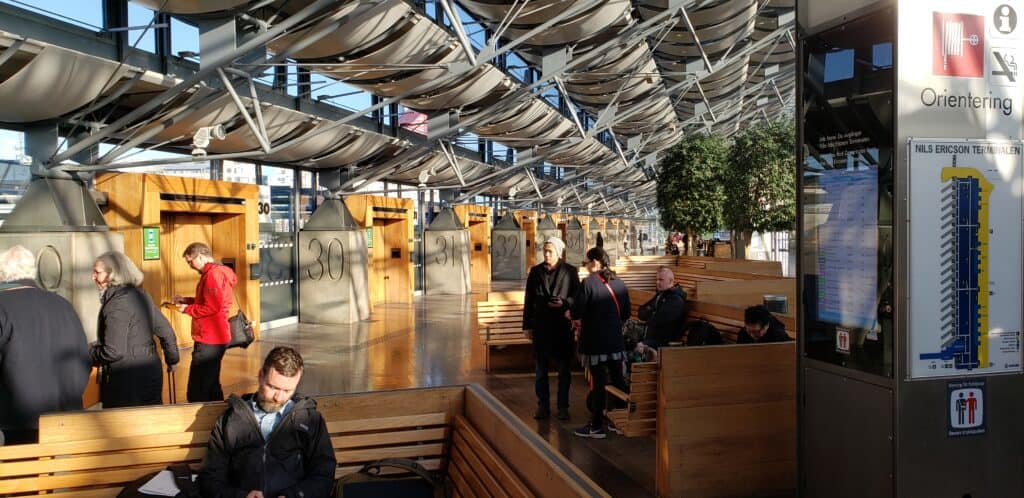By Jewels Carter, Vice President, Global Zero Emission Bus Facilities Lead – AECOM
Electric vehicles (EVs) are revolutionising transportation and reshaping how our urban landscapes interact with buildings. Beyond their environmental benefits – zero emissions and reduced noise pollution – EVs offer unique opportunities to integrate transport with our living and working spaces in ways that internal combustion engine vehicles never could.
Imagine a future where EVs and buildings coexist in a seamless, symbiotic relationship, transforming the mundane act of commuting into a comfortable and efficient experience. Let’s examine what this could look like in a variety of applications:
1 Healthcare and residential spaces
Consider the challenges faced by older people in aged-care homes. Typically, they must endure the elements—hot sun, rain, or cold—while waiting outside to board vehicles, a process repeated multiple times for a simple clinic visit. So, how would this change with EVs? Infrastructure designed or retrofitted for EV integration could create spaces like an e-lobby, where EV shuttles drive directly into a thermally controlled lobby, allowing patients to board and disembark quickly, safely and comfortably.
2 Transit integrated into retail, commercial, education, and healthcare spaces

The potential for EVs extends beyond healthcare to public transit and retail spaces as we evolve from the same curb-loading system used since the horse and cart. Traditional bus stops and transit centres could be transformed into inviting indoor environments.
Picture a transit centre that resembles a food court, where battery electric buses (BEBs) load passengers in a heated or cooled interior space. This shift would attract and integrate a new level of retail services and commercial opportunities for urban revitalisation around ZEB transit centres as bustling hubs of activity without the need for investment of rails-in-the-ground infrastructure. This principle could apply to retail centres, airports, education and healthcare facilities alike.
A local college in Gothenburg, Sweden, features an interior BEB loading zone. Residents enjoy the comfort of a climate-controlled indoor space with cafe tables, couches, and a small library while waiting for their bus. This model demonstrates the potential for EV infrastructure to enhance quality of life, especially in regions with harsh weather conditions. As communities respond to changing weather conditions in Australia, this amenity could play a valuable role in connecting communities.
3 Modernising off-street parking
Residential areas can also benefit from the unique characteristics of EVs. In the 1970s American detective show Vegas, the protagonist Dan Tanner parked his iconic 1957 convertible Ford Thunderbird in his living room. While a gasoline-powered car in the house is impractical, EVs open new possibilities for off-street parking within dwellings. Properties previously unsuitable for residential use due to parking constraints can now be redeveloped, offering personalised parking solutions that blend seamlessly with living spaces.
The future of EVs is bright, and we are just beginning our transformation. As we integrate EVs, we must first look at chargers and depots. But to realise their full benefit, we should look further forward and challenge assumptions about where vehicles belong in future communities. With the right approach, we can redefine how we use buildings and enhance communities’ quality of life with more comfortable, efficient, and sustainable transport and environments.